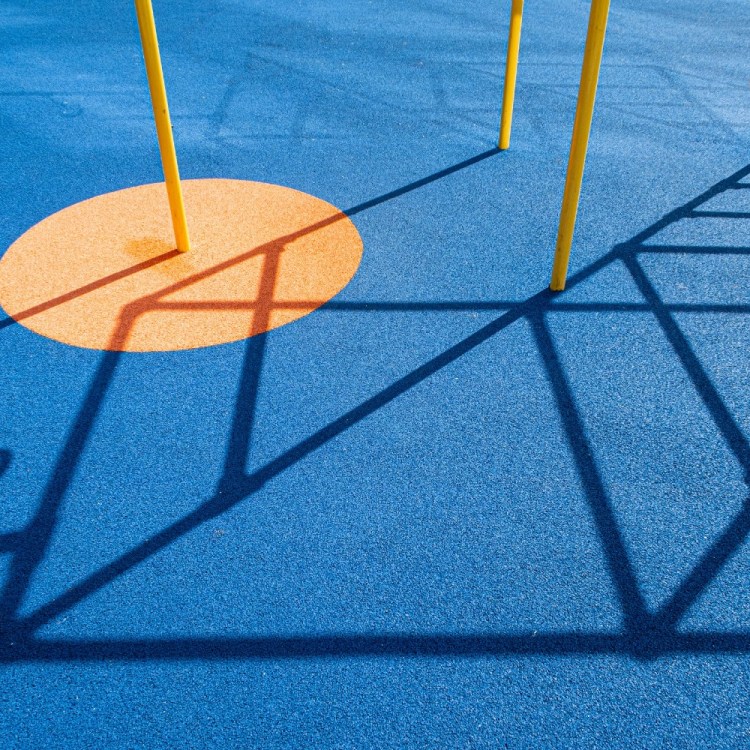We’ve all been there. You set up for the day’s work full of optimism and determination. Things start out well. You’re firing off emails like nobody’s business. You couldn’t stop having good ideas if you tried.
After a blockbuster morning, you celebrate with your favorite lunch. And then…well, everything tends to get a bit sluggish. Those brilliant ideas aren’t arriving quite as quickly. Your colleagues begin to irritate you. You’re constantly checking the clock.
Sound familiar? You aren’t alone. One survey found that 74% of workers suffer the afternoon slump at least once a week, spending an average of 29 minutes in the mental doldrums. Here’s how to steer clear and maintain your productivity until the end of day — and beyond.
What Is the Afternoon Slump?
The afternoon slump is the drop in energy and alertness that many of us suffer through in the early afternoon. It usually happens after lunch and tends to coincide with the realization that your workday is starting to drag.
Dave Gibson, sleep coach and founder of the Sleep Site, says that there are several theories about why this slump occurs: “From an evolutionary point of view, this natural process would encourage us to rest during the hotter part of the day, as they still do in Spain with the siesta. Young children might also take a nap at this time of day, and our body clock still encourages catch-up sleep for those of us who, as adults, have had a disrupted night’s rest.”
Alison Gardiner, CEO of the sleep-improvement program Sleepstation, agrees that this nosedive in energy and enthusiasm mostly comes down to biology. “There is a natural ebb in our circadian rhythm, our internal body clock, that occurs in the early afternoon,” she says. “This causes a reduction in physical, cognitive and mental performance. There’s even evidence that road traffic accidents spike in the mid-afternoon.”
This Chair Helped Me Unlock a Healthy New Ritual
Reading in the park is good for the soul. It’s easier with a Helinox.Is My Lifestyle to Blame?
While we’re built to snooze, afternoon fatigue isn’t inevitable. According to Gibson, our lifestyles can exacerbate the issue, with factors such as poor sleep, dehydration, a poor office environment and mental fatigue from prolonged focus all contributing factors.
And while carb-heavy meals aren’t the primary cause of the slump, they can make it worse, with blood sugar spikes and crashes sending your system on a roller coaster of alertness and fatigue.
But don’t skip meals, either. One informal study found that people who skip breakfast experience the biggest afternoon slump, with their productivity declining by a whopping 15% from 2 p.m. onwards. Meanwhile, a high-protein breakfast was associated with better energy levels throughout the day.
How Do I Snap Out of It?
There’s no hard and fast answer for beating the slump, but by rethinking your lifestyle habits throughout the day you can optimize your chances of success, and hopefully emerge from the post-lunch period rejuvenated and ready to conquer your afternoon. Here are a few things you should think about:
Delay Caffeine
Whether it’s Celsius or Starbucks, the quicker you get that caffeine in your system, the more productive you’ll be…right? Gibson thinks not. “Drinking caffeine between 7-8 a.m. can heighten cortisol peaks and lead to an energy lull later,” he says. Instead, delay your first cup to around 10 a.m., or even lunchtime, so that your cortisol kick arrives just as you’d usually experience a slump in energy.
Recalibrate Exercise
A short walk or stretching break can stimulate blood flow and boost alertness, but overdoing it can have the opposite effect. Gibson says that going all out in the gym before work can leave us feeling wiped out by early afternoon. If you can, experiment with an early evening fitness routine instead.
Balance Your Plate
Scientists continue to debate the benefits of eating smaller meals, especially when it comes to managing post-meal blood sugar spikes. As a rule, Gibson suggests avoiding sugar, and focusing on a meal balanced in protein, vegetable fiber and a small amount of fats and carbs, in order to optimize a feeling of wellness and alertness. With dehydration linked to mental fatigue, you’ll want to keep your water bottle topped up, too.
Walk It Out
What’s a lunch break without a short walk? Research shows that getting outside for as little as five minutes after a meal smooths out the blood sugar spike. With time in nature also proven to increase productivity, it’s a win-win.
Sleep It Off
It sounds obvious, but sleeping can really help counter fatigue. We aren’t talking about taking the entire afternoon off, but if you work from home, a 10 to 20-minute power nap straight after lunch could change the game, with research suggesting even a five-minute nap can boost alertness and cognitive function.
What Does Sleep Have to Do With Aging? Everything.
Sleep quality starts declining far earlier than most people realize — and understanding why could help you preserve itHow Can I Alter the Bigger Picture?
So far, we’ve looked at smaller, more immediate hacks you can make to your daily routine. But to combat the problem of the afternoon slump for good, Gibson thinks we may need an entirely new approach to our days.
When it comes to our 24/7 lifestyles, there’s still a disconnect between how our day actually unfolds, and how our body clock is historically wired. This goes back to the idea of our ancestors sleeping in the early afternoon; to this day we subconsciously expect rewards around 2 p.m., and can feel disappointed and demotivated when we don’t receive one. Keeping a healthy snack handy could be a good workaround.
It’s also in our biology to be more active at the start and end of the day — which would have been the best times for hunting. By avoiding early morning emails and cutting out doomscrolling at night, Gibson says we can solve for this, relaxing our nervous systems at times when they would have been heightened, leading to better stress regulation and sleep, which in turn helps us feel fresher the next day.
“Eye strain is another contributor to afternoon fatigue,” says Gibson. “Reducing screen time and emphasizing natural light in your office environment will help you feel more awake.”
Taking frequent breaks from your screens has other benefits: Gibson says that when we focus for too long, we deplete our dopamine levels, creating a low-energy state that can then deepen the afternoon slump. The optimum break time seems to be as high as 17 minutes of break time per hour of work, an approach known as the “the 52/17 ratio.”
Is There Anything Else I Can Do?
If all else fails, it might be time to consider your “chronotype,” which is essentially your body’s individual predisposition to waking up and sleeping at certain times.
“Morning larks tend to be more focused and alert first thing, whilst night owls can often be productive late into the evening,” Gibson says. Knowing your chronotype — and accepting that’s just how you’re built — can help you tailor your workday accordingly.
Finally, if you’re really despairing and nothing seems to work, speak to your doctor to rule out any possible underlying health issues.
The Charge will help you move better, think clearer and stay in the game longer. Subscribe to our wellness newsletter today.






















